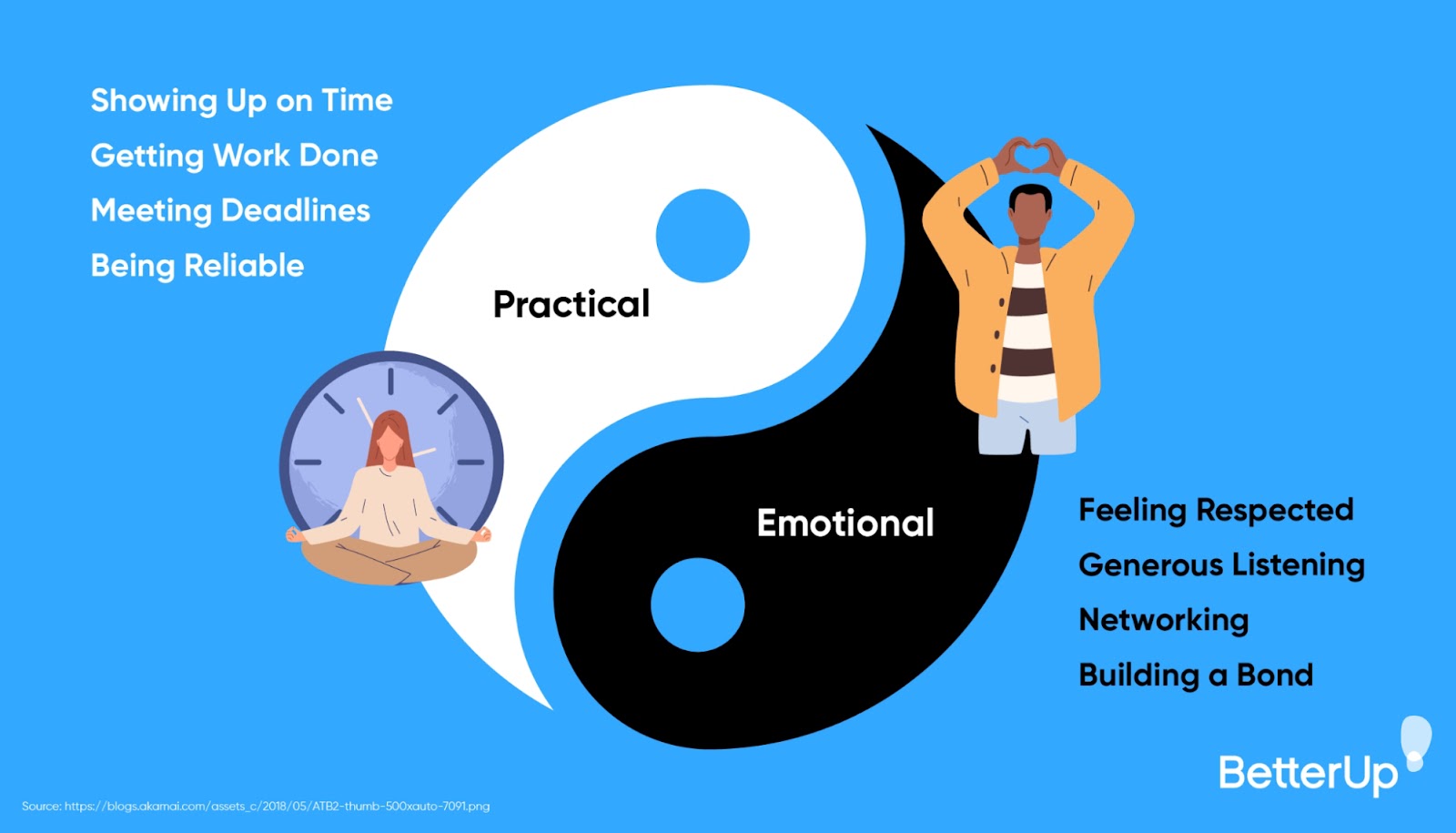BREAK THIS BARRIERS IN BUILDING TRUST AMONG COWORKERS
High-trust organizations refuse to leave people second-guessing.
Most executive teams engage in annual strategic planning sessions focused on improving their business the following year, but trust is rarely on the agenda. It’s a shame, because in many cases, the key to success lies not in creating an entirely new strategy, but in dismantling barriers to trust within a given organization.
When organizations improve internal trust, they have a better chance of retaining their top talent, improving collaboration, and creating a better employee and customer experience. The goal for every organization should be to shift employees from emotionally exhausted to emotionally engaged. But this only happens by increasing trust.
As an executive leadership coach, I’ve spent over a decade coaching leaders on how to build trust in themselves, with others, and throughout their organization.
So what are the barriers to trust, and how can we dismantle them? Here are five of the most common trust issues I see in companies and what high-trust organizations do differently.
BARRIER #1: THE EXECUTIVE TEAM LACKS TRANSPARENCY
When leaders don’t explain the decisions they make, they leave room for employees to fill in the gaps themselves. Unfortunately, it is human nature to fill those gaps with fear. This can lead to a lack of trust.
A lack of transparency recently cost a client of mine some of its top talent. The executive team announced changes to the bonus structure for their general managers without explaining the reason and timeline. Managers left the call wondering what drove the decision, whether it was permanent, and how it would affect their overall pay. A week later, I was speaking to one of their biggest competitors when an executive told me three of that organization’s top restaurant managers applied with them just that week.
High-trust organizations understand that trust is valuable and are therefore restlessly committed to communicating the “why” behind decisions. High-trust organizations know that’s how they create clarity and gain buy-in. High-trust organizations refuse to leave people second-guessing.
BARRIER #2: MANAGERS LACK EFFECTIVE COMMUNICATION SKILLS
The Society for Human Resource Management (SHRM) conducted a survey in 2020 and found that 84% of respondents said poorly trained managers create unnecessary work and stress. The most common skill respondents said managers could improve on was effective communication.
Managers have the most day-to-day interaction with employees, so this relationship has the biggest influence on whether employees stay or leave. Managers who lack effective communication skills often undermanage their teams and put off important conversations.
High-trust organizations intentionally develop their managers’ emotional intelligence so they gain the confidence and skill to build authentic relationships and have necessary performance conversations that move the business forward.
BARRIER #3: EMPLOYEES DON’T FEEL PSYCHOLOGICALLY SAFE
Psychological safety exists when everyone can share what’s on their mind without fear of judgment or retaliation. Interestingly, researchers like Amy Edmonson have found that psychological safety isn’t about creating a space where everyone is nice and no one’s feelings get hurt. Instead, it’s about creating an environment where open dialogue can authentically happen.
I once coached an executive whose passion always turned into unhealthy intensity. She would immediately cut people off and shame them the moment she disagreed with them. She would repeatedly sacrifice relationships for her need to be right. Her presence didn’t make it safe for others.
Trust isn’t about feeling comfortable. Trust is about feeling safe. High-trust organizations reward candor and vulnerability while also role-modeling tact in the process.
BARRIER #4: PROMOTING THE WRONG PEOPLE
I was once teaching a leadership class when a gentleman raised his hand. He scoffed, “Listen, I get that authenticity and taking care of your employees are important. But if it’s true, then why do so many jerks make it to the top?” You could see all the heads in the room start to nod. He’s not wrong! This led to a conversation about the type of people who get promoted.
When an organization only values results, it will tend to reward and promote people who get results at any cost—even if it means they’re disrespectful and cutthroat in the process. It’s important to note that being disrespectful and cutthroat are two of the five attributes that lead to toxic workplaces according to a recent MIT study.
High-trust organizations take a different approach. They hold people accountable for both results and living the organization’s values. These kinds of teams have conversations about who is a good “culture fit,” and managers coach others about how to embody those values.
BARRIER #5: EMPLOYEES DON’T FEEL SEEN
Relationship experts Dr. John and Dr. Julie Gottman studied more than 40,000 couples. They determined the driving factor in a successful relationship was the ability to “turn towards the relationship.” Turning towards each other is recognizing when the other person is making a bid for connection and choosing to see them. This concept is just as important in business.
High-trust organizations are brilliant at making employees feel seen. That could involve sending a simple thank you card, checking in with someone via text message, deeply listening in a meeting, recognizing someone virtually or in person, asking them about their challenges and how you can support them, or sharing praise about that person up the organization.
A BIG DIFFERENCE
Ultimately, trust is the biggest competitive advantage any organization can possess because it’s what keeps people coming back for more—whether its employees or customers.
When organizations take the first step to address their barriers to trust, they build a workplace where employees feel others have their back. Only then can leaders start to shift employees who are emotionally exhausted to emotionally engaged. It makes a big difference.









Comments